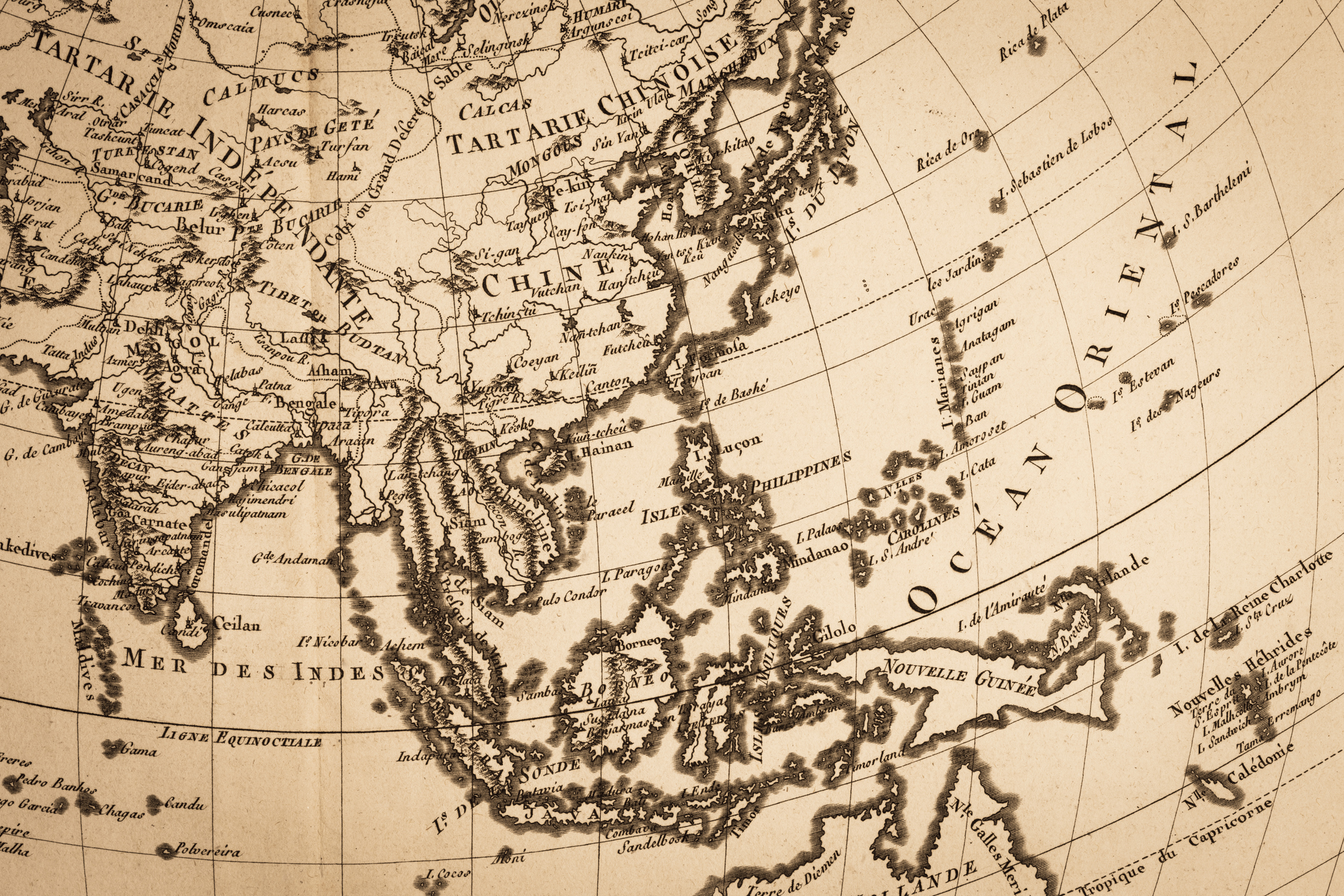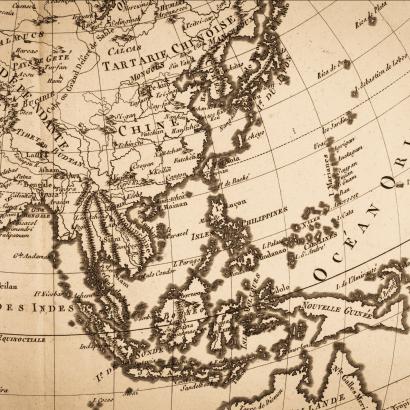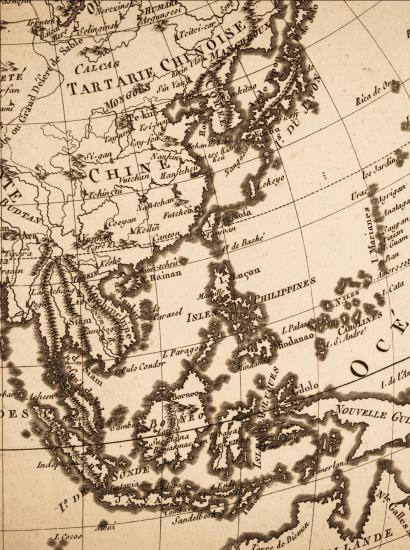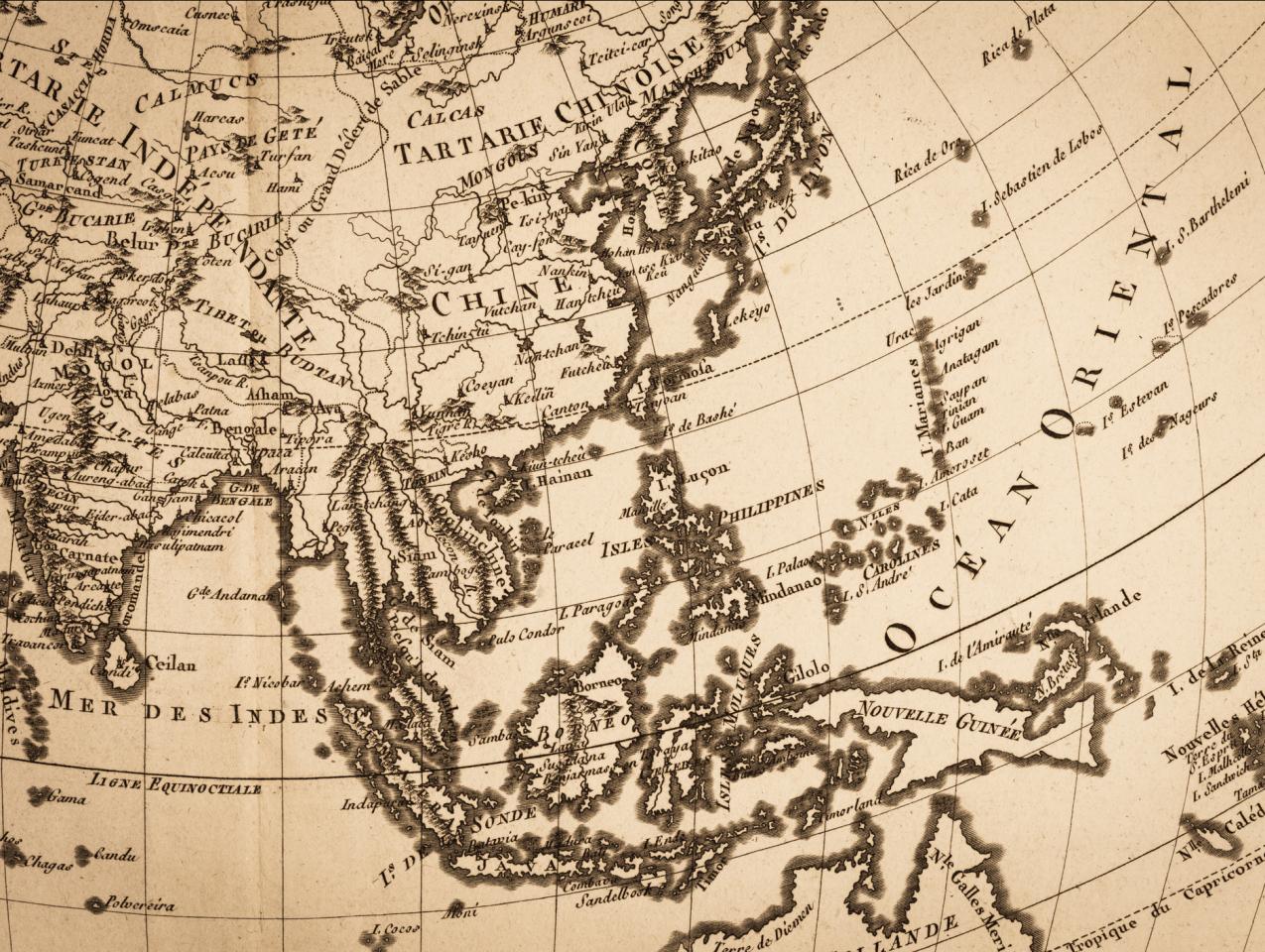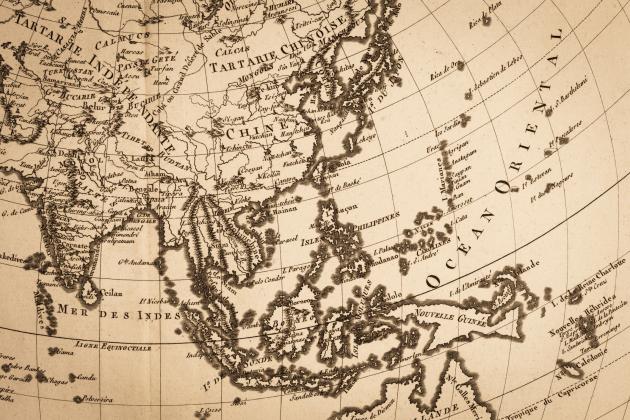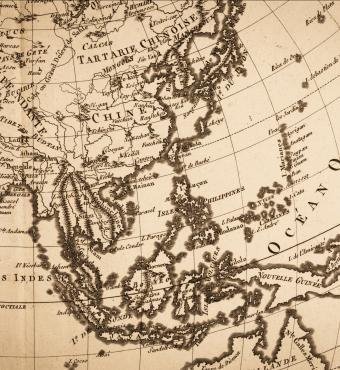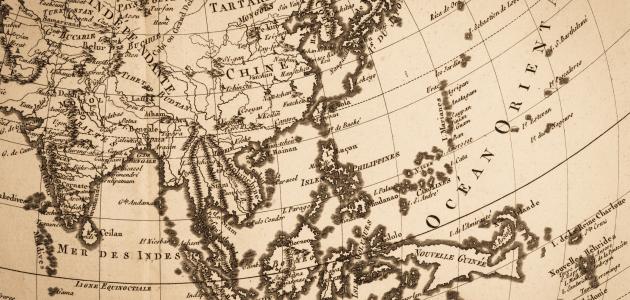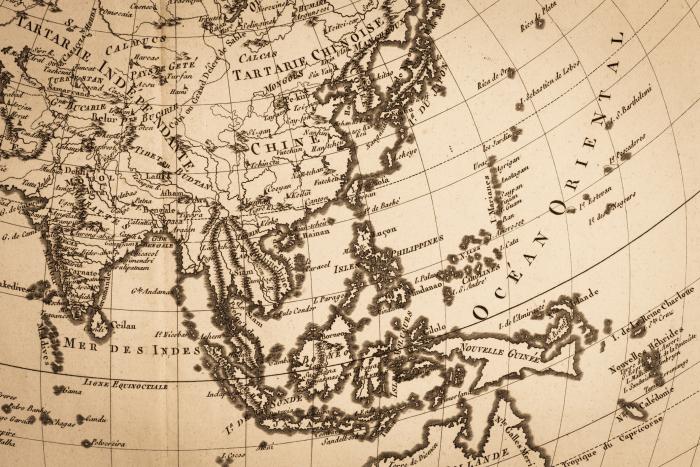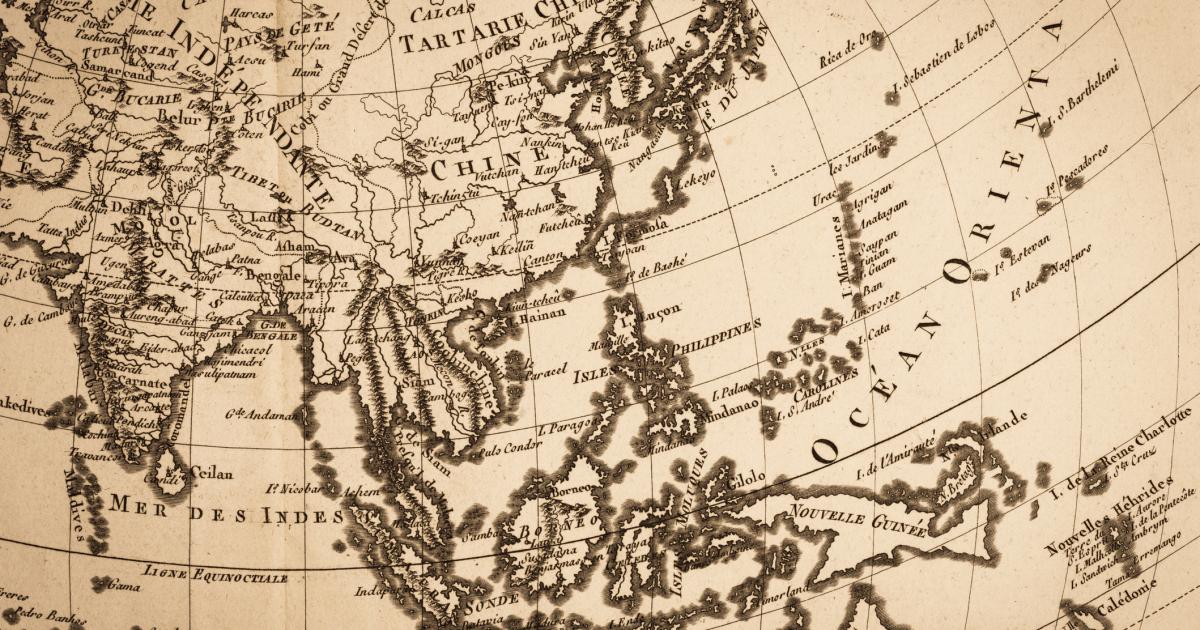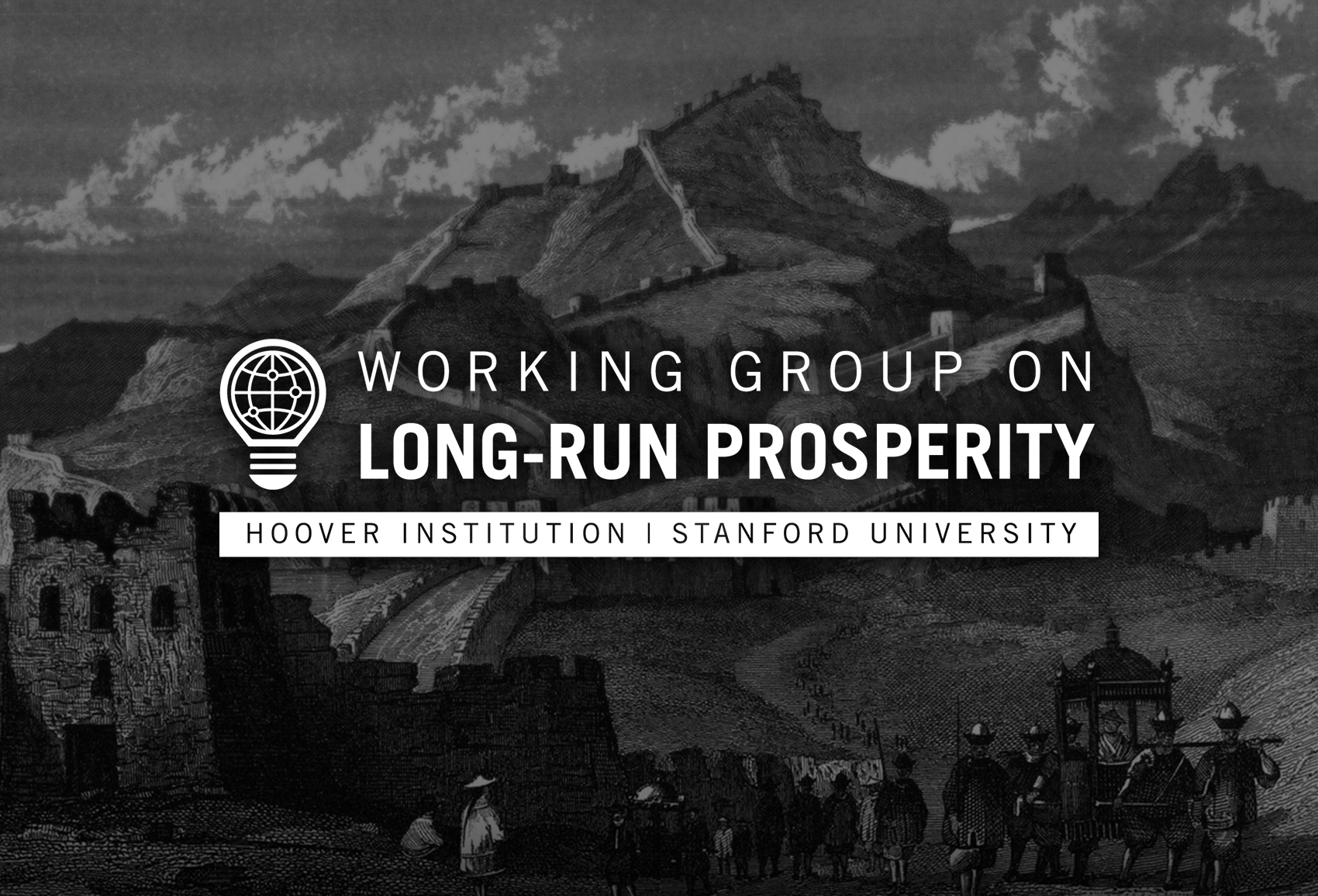This essay is based on the paper “Loans and Lenders: Specialization, Competition, and Integration in Late Imperial and Republican-Era Lending Market” by Matthew Lowenstein.
Lively lending markets existed in China from the eighteenth century, well before the introduction of western forms of economic organization. These markets spanned multiple sectors of the economy, from commercial lending in hubs of trade down to agrarian lending in the rural, peasant economy. Moreover, lending markets across different sectors were, to a degree, “integrated”—not in the contemporary sense of having identical risk-adjusted interest rates, but in the sense that lending capital could move between different parts of society. It could move between the commercial and agrarian sectors as well as across regions, from county to county or province to province.
Competitive markets determined interest rates and allocated loans. Businesses and landowners in need of capital could choose from different lenders. Sometimes these lenders were simply individuals, that is, merchants or landowners with excess savings. But specialized financial institutions also played a key role. Native banks set up shop in major commercial centers. Their primary client base consisted of commercial businesses, but they did a brisk secondary business extending loans within the agrarian sector. There were also “credit bureaus,” which were depository institutions that often served as financial wholesalers, extending loans to banks and major commercial enterprises. Finally, pawnshops and “loan shops” frequently targeted the agrarian sector, making mortgages based on pawned clothing, farmland, or other fixed assets.
These institutional lenders helped integrate markets with strong interbank relationships among themselves. For example, a rural lender could borrow from urban banks when loan demand was high in the countryside. Alternatively, the rural bank could deposit with urban banks when local demand was slack. Interregional entrepreneurs from Shanxi province—the vanguard of commercial innovation during the Qing dynasty (1644–1911)—would often set up new financial institutions away from home to take advantage of underserved markets. Natives of Lingshi County in Shanxi opened rural lending institutions in Shandong, Henan, and Anhui provinces.
Casual statistical analysis also suggests lending market integration. There is a high degree of correlation between urban and rural interest rates within a given county, indicating capital could flow between the urban center and the countryside. Similarly, interest rates in neighboring counties correlate strongly with one another. While such correlation is hardly conclusive—and the data needed for robust statistical analysis does not exist—the figures we do have are nevertheless indicative of some degree of market integration.
At the same time, patterns in interest rates reinforce the argument that interest rates were determined by competitive markets. Throughout the Qing period, northern China used two different currencies: silver bullion, denominated in units known as “silver taels” or yinliang, and copper coins, denominated in units known as “copper cash” or zhiqian. Silver taels tended to be used for commercial and wholesale transactions, while copper cash was used in retail transactions. For the period as a whole, copper cash decreased in value compared to silver taels. Indeed, loans denominated in copper cash charged higher interest rates than those in silver tael rates. This suggests the market may have been “pricing in” currency exchange fluctuations.
Bustling markets in lending were fertile ground for financial innovation. This chapter further documents a hitherto unknown type of loan—known as “term dated” or qixian—that was China’s equivalent of a long-term mortgage. While most Chinese loans were short term, typically a year or less, these could last for over a decade. In a term-dated loan, the borrower would receive the principal up front and then make fixed payments at regular intervals. These loans appear to have been especially popular in northern regions along the Sino–Inner Asian frontier. It is highly likely that they were used to finance land reclamation, as Han migration expanded the scope of settled agriculture during the Qing period.
Qing-era lending markets, though advanced, were not accessible to everyone. Rural loans were available only to those with property that could be mortgaged and who could secure the confidence—and very likely the guarantee—of a middleman. Indeed, data from family division contracts, which show the wealth of a household at the time of its dissolution, suggest that families who were in debt tended to be wealthier than average. The average amount of loans outstanding was 347,000 copper cash for copper-denominated loans and 700 silver taels for silver-denominated loans. These were enormous sums in the Qing dynasty.
These findings are important to how we understand China’s recent economic development. If Chinese lending markets were defective in some way—if, say, they were not subject to market competition but instead bound by custom or exploitative monopolies—then Chinese traditions might be blamed for holding China back. In reality, the existence of robust lending markets that channeled capital to where it could be best utilized helped to push China toward modernization in the early twentieth century.
Read the full paper here.
Matthew Lowenstein is a Hoover Fellow at the Hoover Institution, Stanford University.
This essay is part of the Long-Run Prosperity Research Brief Series. Research briefs highlight research that enhances our understanding of the factors that drive long-run economic growth and examine its policy implications.






